Curious Questions: What really happened to the Flying Dutchman?
Tales of phantom ships are as old as time itself, but the story of the Flying Dutchman has haunted sailors for generations.
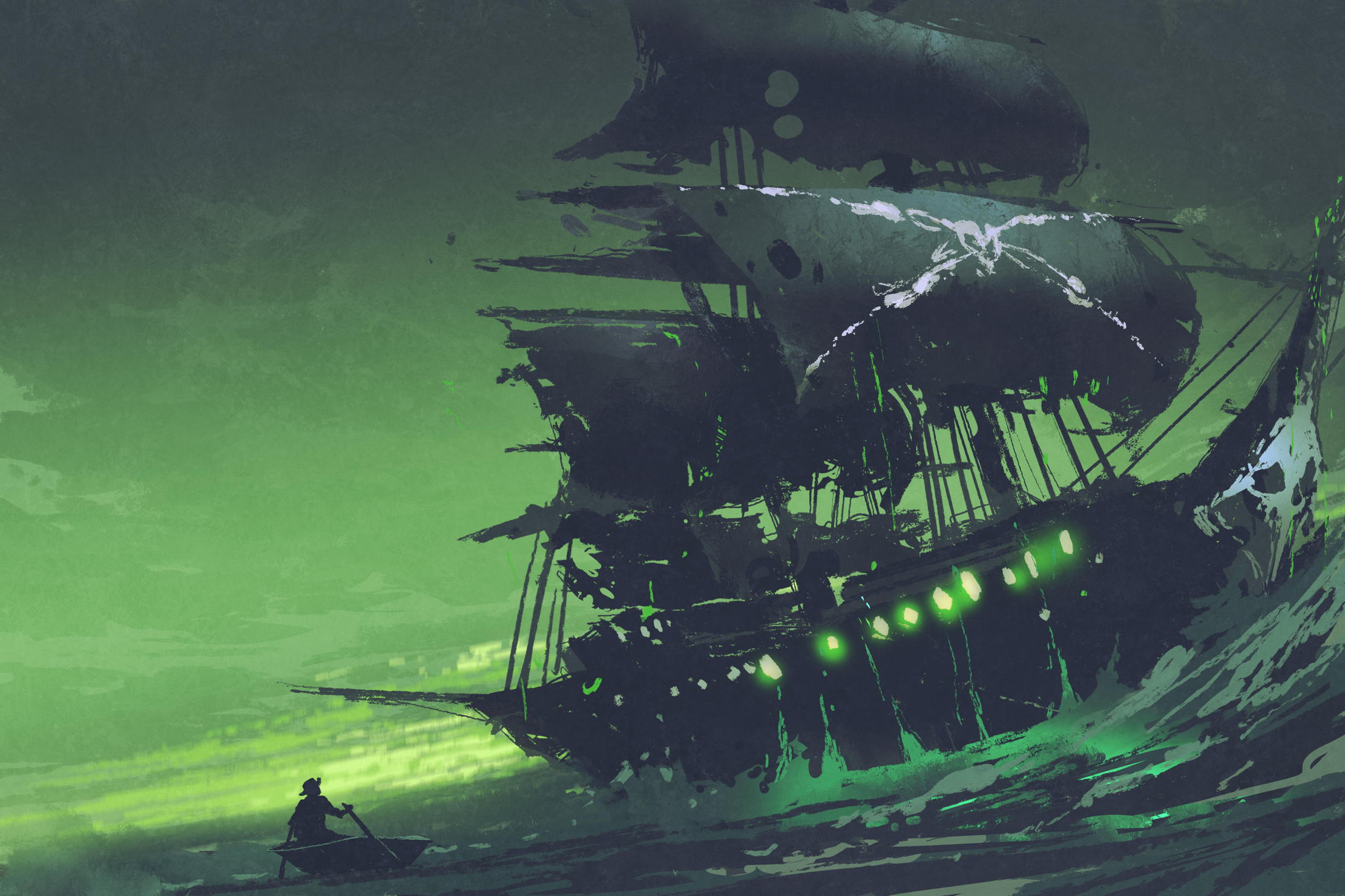

The fate of a merchant ship owned by the Dutch East India Company, which went missing off the Cape of Good Hope in 1641, was the source of increasingly more lurid tales. By May 1821, Blackwood’s Edinburgh Magazine was telling how its captain, Van der Decken, after searching vainly for the Cape and caught in a storm, swore that he would round it, even if it took until doomsday. The ship was condemned to sail the seven seas for eternity either as punishment meted out by an angel for his blasphemy or because he had made a pact with the devil to survive the storm.
The Flying Dutchman, a ship that seemed to come out of the horizon sailing on air, became a harbinger of doom. According to some, its ghostly crew would crowd on to the deck, waving letters to be delivered to their, by now long lost, relatives, which, if accepted, would bring misfortune. Some seafarers believed that if they saw it, they too would never reach land again.
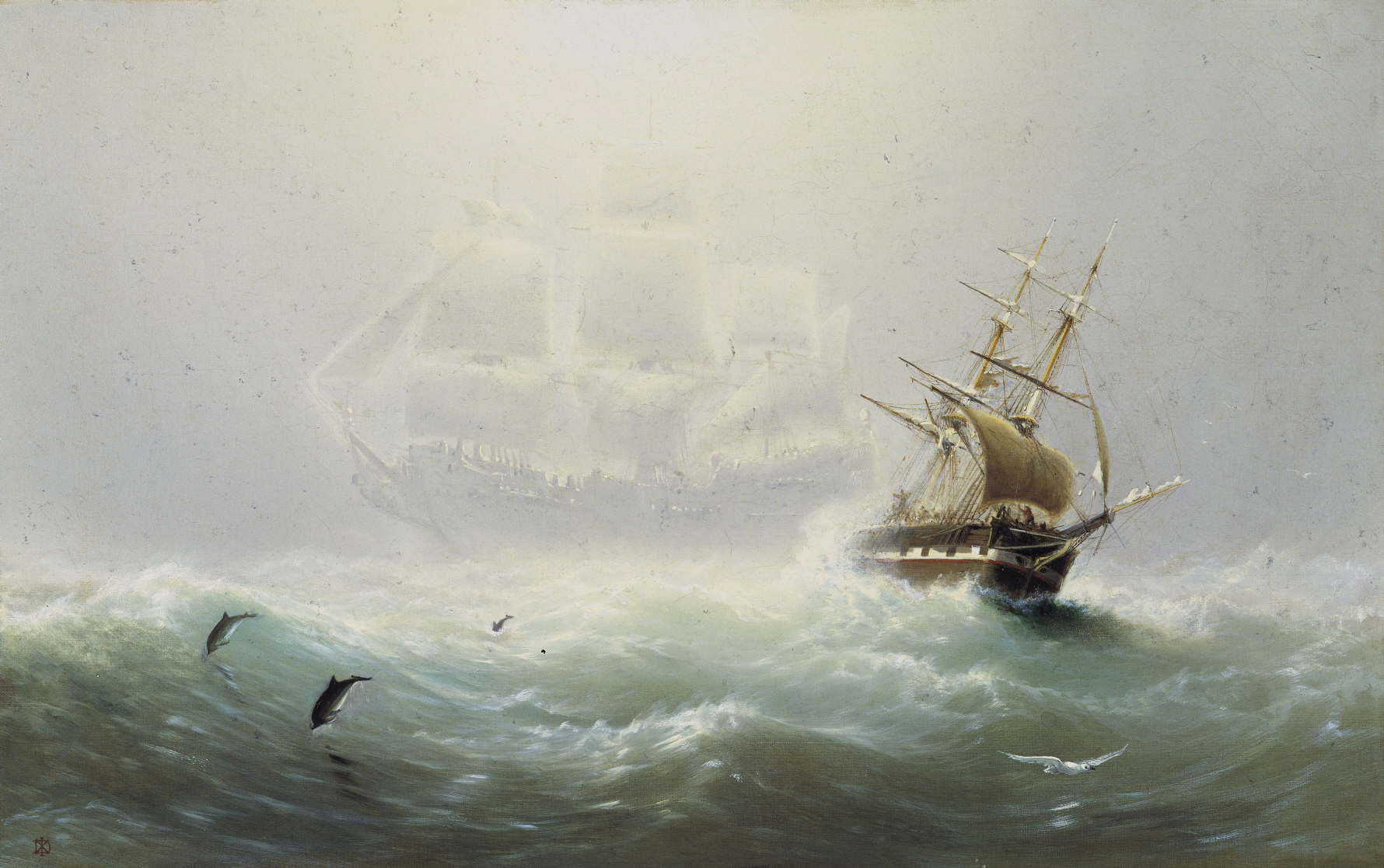
The first record of a sighting of The Flying Dutchman appeared in John MacDonald’s Travels in various parts of Europe, Asia and Africa (1790), but perhaps the most famous occurred at 4am on July 11, 1881 somewhere in the Bass Strait between Melbourne and Sydney. On board HMS Inconstant were Prince George of Wales, the future George V and his brother, Prince Albert Victor of Wales.
In their joint diary, they recorded that The Flying Dutchman crossed their bows. 'A strange red light as of a phantom ship all aglow, in the midst of which light the masts, spars, and sails of a brig 200 yards distant stood out in strong relief as she came up on the port bow'. The quarterdeck midshipman was sent to the forecastle 'but on arriving there was no vestige nor any sign whatever of any material ship was to be seen either near or right away to the horizon'.
In all, 13 members of the crew reported seeing it. Inevitably, tragedy struck. 'At 10.45 am”', they reported, 'the ordinary seaman who had this morning reported the Flying Dutchman fell from the foretopmast crosstrees on to the topgallant forecastle and was smashed to atoms'.
Members of the British navy off the Cape of Good Hope on January 26, 1923 saw a phantom derelict ship, luminous with two masts and a thin mist where the sails would have been. Second Officer Bennett later reported the incident to Sir Ernest Bennett, a member of the Society for Psychical Research, who included an account in his book Apparitions and Haunted Houses: A Survey of the Evidence (1934).
Landlubbers were also gripped by the myth. Heinrich Hesse romanticised the story in From the Memoirs of Herr von Schnabelewopski (1831) by allowing the captain to go ashore once every seven years to try to gain his freedom by winning the hand of an unsullied maiden. This version was used by Richard Wagner for his opera, Die Fliegende Holländer (1840), with van Derdeeken and Senta being the protagonists.
Sign up for the Country Life Newsletter
Exquisite houses, the beauty of Nature, and how to get the most from your life, straight to your inbox.
Despite its association with seafaring disaster, curiously, the first steamship to enter the Stikine River in British Columbia in 1862 was called The Flying Dutchman. It was also the name of an express steam locomotive which from 1849 until 1892 ran between London and Bristol and of an English thoroughbred racehorse which won all but one of its 15 races between 1848 and 1851.
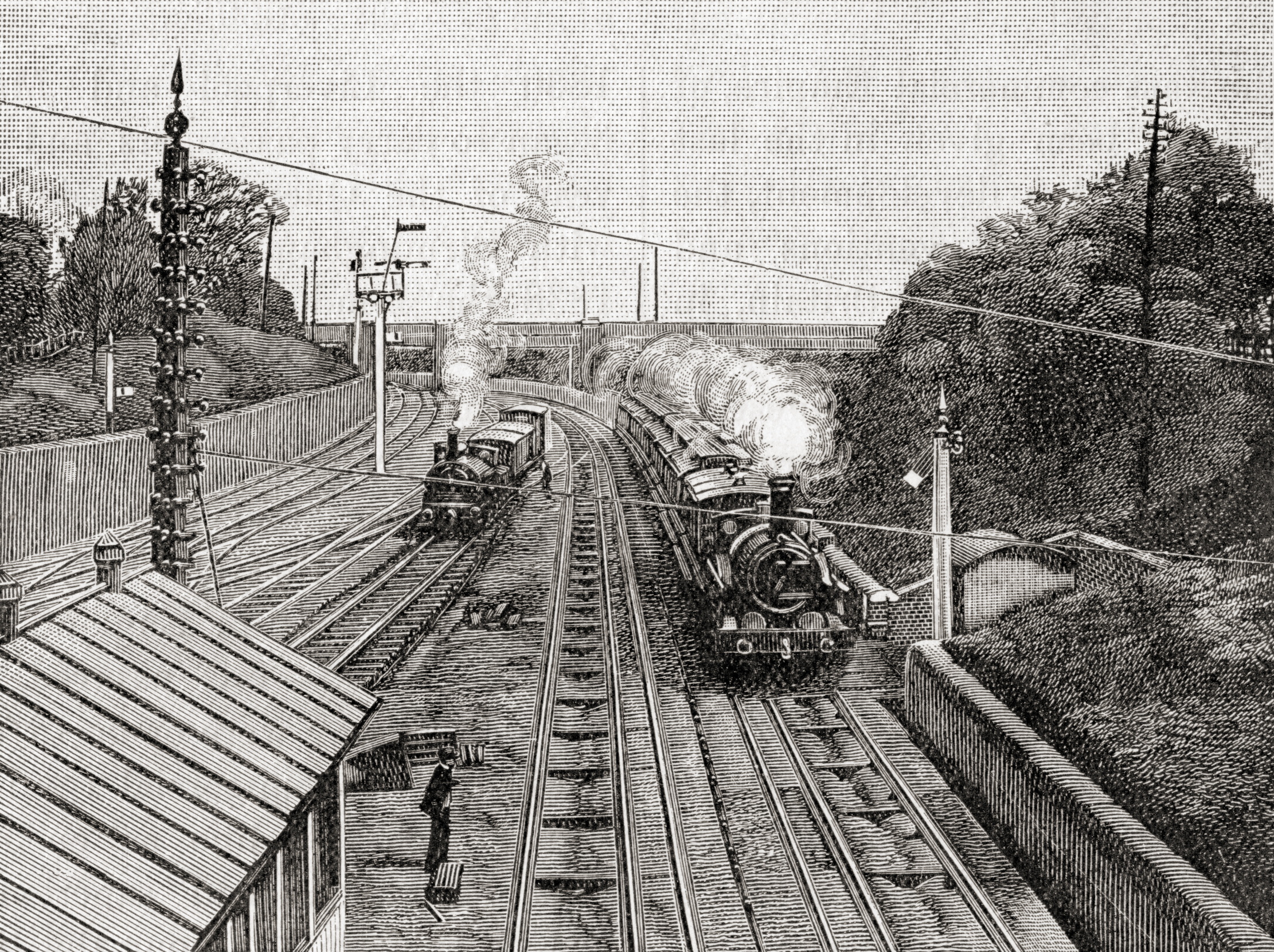
Those imbued with a less romantic spirit, though, sought to provide a rational explanation of the phantom ship. An early attempt appeared in Frank Stockton’s Round-About Rambles (1870) in which he tells of a captain’s reaction when some of his crew reported a sighting. 'This strange appearance', he explained, 'was caused by the reflection of some ship that was sailing on the water below this image, but at such a distance they could not see it. There were certain conditions of the atmosphere…when the sun’s rays could form a perfect picture in the air of objects on the earth…this appearance in the air is called a mirage'.
A mirage is an optical illusion caused by the refraction of light. When light hits a boundary between two layers in the atmosphere which are at different temperatures, it bends and travels through the new layer at a different angle, the degree of change dependent upon the difference in density between the two layers.
Refracted light poses an almost insoluble problem for the human brain. When we see light, our brain assumes that it has travelled in a straight line from the object that has emitted it. Even if the light has refracted along the way, it simply places the object where it would have been had the light travelled in a straight line. Just think of what happens when looking at a fish in a clear stream; it is not where your brain tells you it is.
There are two basic forms of mirage; inferior, where the image appears to be lower than it really is, and superior, where it is higher. A superior mirage can make things appear bigger, closer, distorted so that the object appears stretched or elevated, an effect known as towering, and as if they are suspended or floating in air. It can even make an object below the horizon become visible.
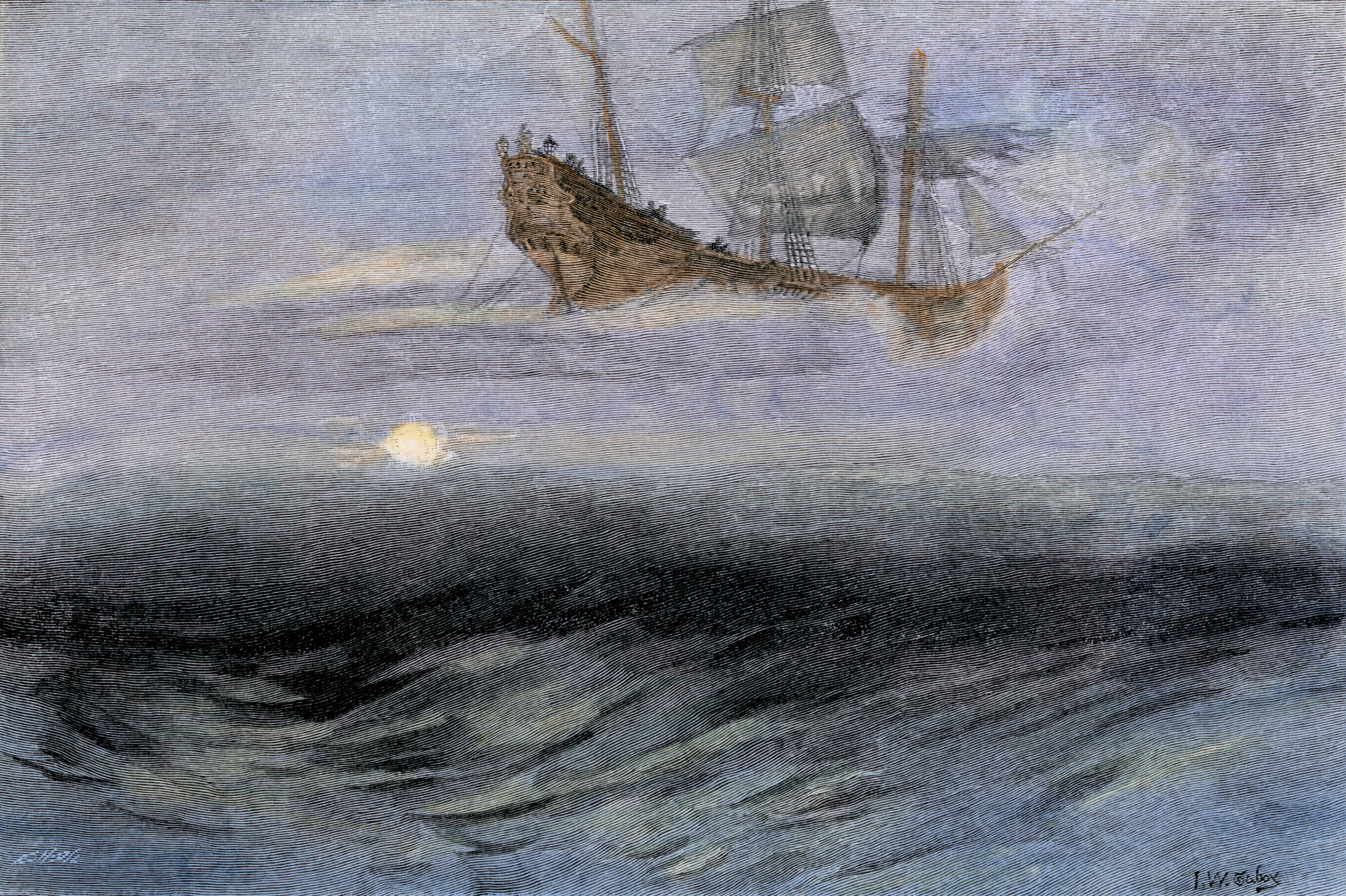
The phenomenon of The Flying Dutchman is thought to be a complex form of superior mirage, a Fata Morgana, which occurs when there is thermal inversion, where cold, dense air near the Earth’s surface is trapped beneath a layer of significantly warmer air. If the thermal inversion is greater than 10 degrees Celsius in 100 meters, the curvature of the light rays within the inversion layer is stronger than the Earth’s curvature, effectively trapping them in an atmospheric duct. The duct will then concentrate the rays rather than allowing them to disperse into space. Mindbogglingly, if our eyes were strong enough, a duct would allow you to see around the whole of the earth and your own back and shoulders turned towards you.
While a thermal inversion does not necessarily create an atmospheric duct, an atmospheric duct cannot occur without a thermal inversion, and a Fata Morgana requires both. A Fata Morgana can be seen anywhere and at any altitude, once the conditions have been met, and it will display any form of distant object such as boats, islands, and the coastline. Often it will change rapidly, showing inverted and upright images that are stacked on top of each other or alternating between compressed and elongated images. However, to see one the observer must be within or below an atmospheric duct.
And the Arthurian connection? Fata Morgana is Italian for Morgan the fairy, a reference to the sorceress Morgan le Fay who in some Arthurian legends is his half-sister. Her first recorded appearance was in Geoffrey of Monmouth’s Vita Merlini (1150) and she was said to have used witchcraft to conjure up mirages of fairy castles or false coastlines to lure sailors to heir death, especially in the Strait of Messina.
We may no longer imbue the sighting of a Fata Morgana with superstitious dread, but the power of the image still remains.

Curious Questions: Why does the weather keep getting colder even when the days start getting longer?
The coldest months of the year in Britain are always January and February — despite the fact that we're getting more

Credit: Karen Parker via Alamy
Curious Questions: Why isn't there a Crufts for Cats?
Charles Cruft was a salesman-turned-showman who created the world's biggest dog show — yet Cruft himself owned a cat. So

Why does BBC Radio 4 broadcast 'the pips' at the top of the hour?
The Greenwich Time Signal has been an ubiquitous part of BBC Radio for a century, but few know what it
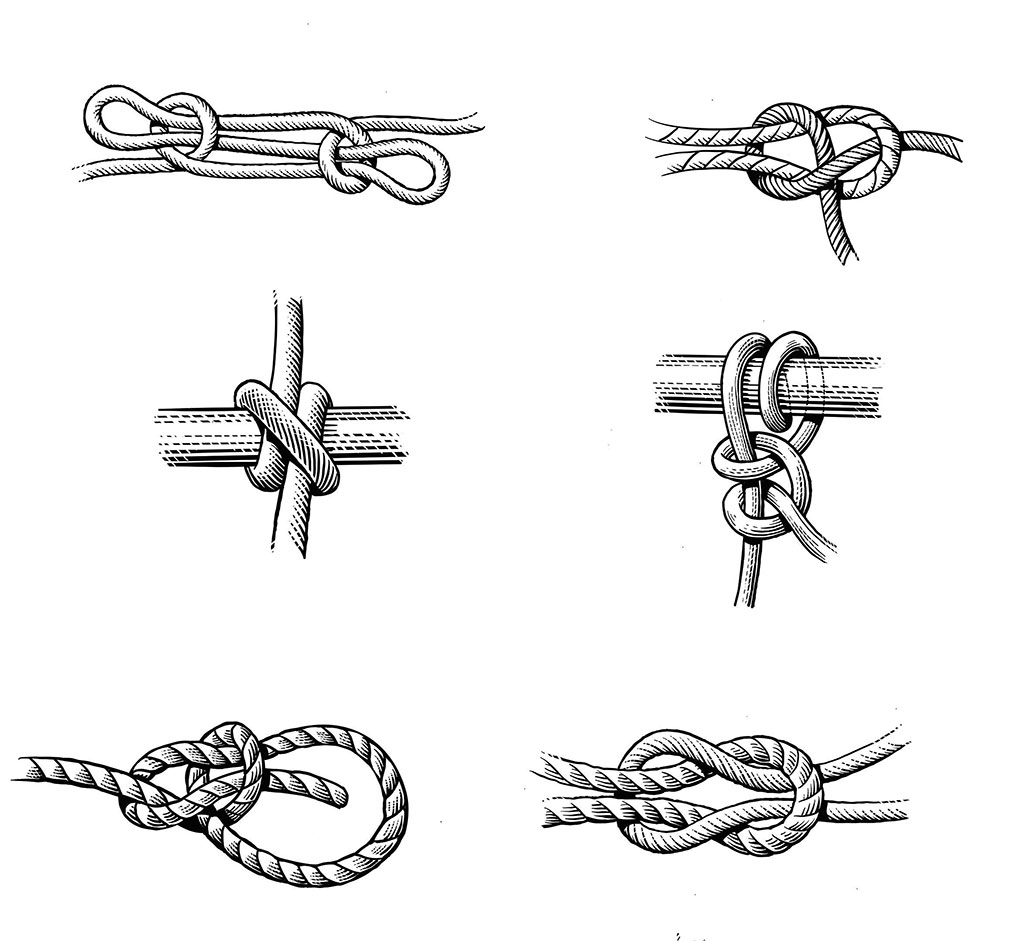
How to tie the only knots you'll ever need
The 'Surrey Six' is a collection of ways to tie rope that, for most people, are the only six knots
After graduating in Classics from Trinity College Cambridge and a 38 year career in the financial services sector in the City of London, Martin Fone started blogging and writing on a freelance basis as he slipped into retirement. He has developed a fearless passion for investigating the quirks and oddities of life and discovering the answers to questions most of us never even think to ask. A voracious reader, a keen but distinctly amateur gardener, and a gin enthusiast, Martin lives with his wife in Surrey. He has written five books, the latest of which is More Curious Questions.
-
 How an app can make you fall in love with nature, with Melissa Harrison
How an app can make you fall in love with nature, with Melissa HarrisonThe novelist, children's author and nature writer Melissa Harrison joins the podcast to talk about her love of the natural world and her new app, Encounter.
By James Fisher
-
 'There is nothing like it on this side of Arcadia': Hampshire's Grange Festival is making radical changes ahead of the 2025 country-house opera season
'There is nothing like it on this side of Arcadia': Hampshire's Grange Festival is making radical changes ahead of the 2025 country-house opera seasonBy Annunciata Elwes
-
 Curious Questions: Will the real Welsh daffodil please stand up
Curious Questions: Will the real Welsh daffodil please stand upFor generations, patriotic Welshmen and women have pinned a daffodil to their lapels to celebrate St David’s Day, says David Jones, but most are unaware that there is a separate species unique to the country.
By Country Life
-
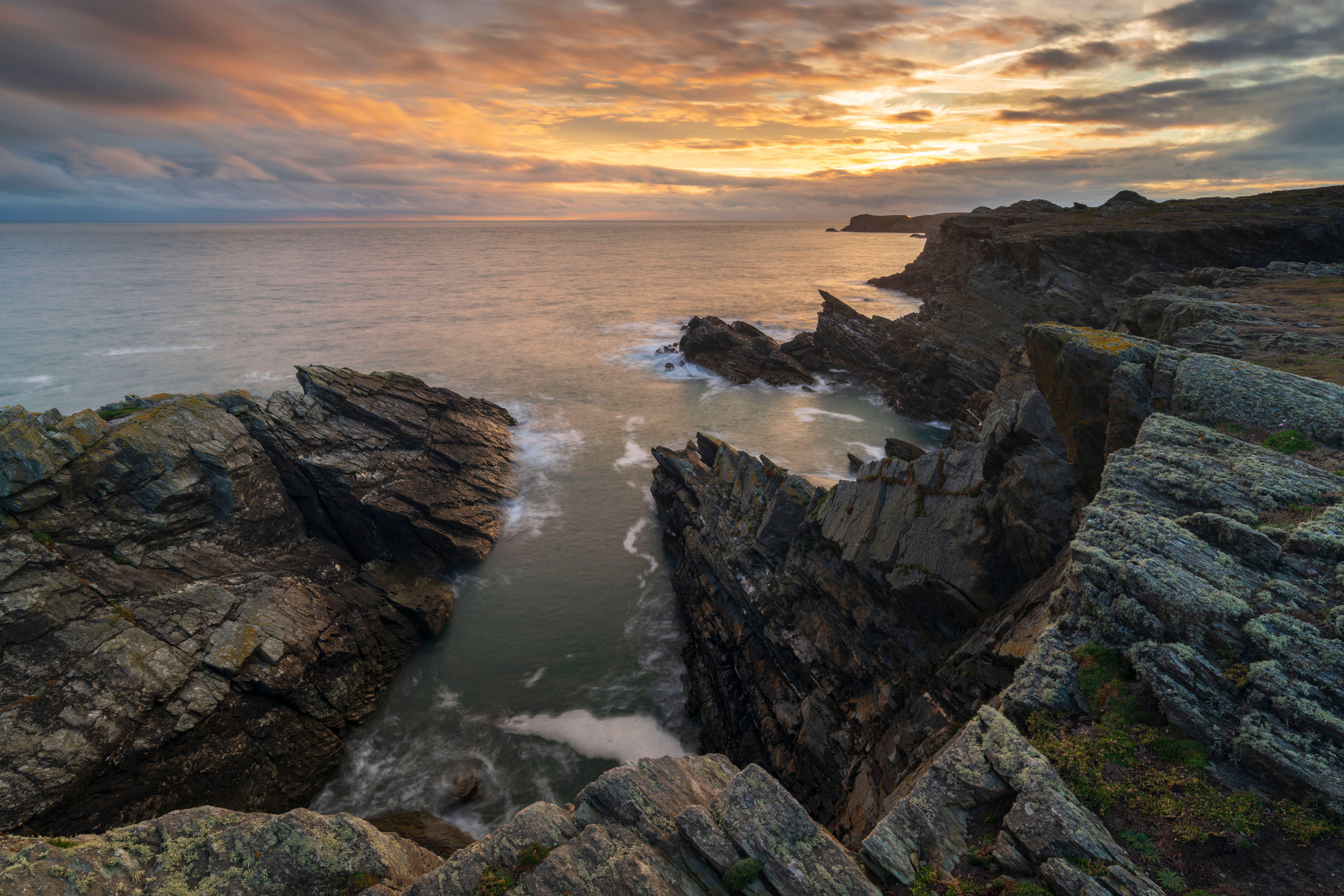 Nobody has ever been able to figure out just how long Britain's coastline is. Here's why.
Nobody has ever been able to figure out just how long Britain's coastline is. Here's why.Welcome to the Coastline Paradox, where trying to find an accurate answer is more of a hindrance than a help.
By Martin Fone
-
 Curious questions: how an underground pond from the last Ice Age almost stopped the Blackwall Tunnel from being built
Curious questions: how an underground pond from the last Ice Age almost stopped the Blackwall Tunnel from being builtYou might think a pond is just a pond. You would be incorrect. Martin Fone tells us the fascinating story of pingo and dew ponds.
By Martin Fone
-
 Curious Questions: What's in a (scientific) name? From Parastratiosphecomyia stratiosphecomyioides to Myxococcus llanfair pwll gwyn gyll go gery chwyrn drobwll llan tysilio gogo goch ensis, and everything in between
Curious Questions: What's in a (scientific) name? From Parastratiosphecomyia stratiosphecomyioides to Myxococcus llanfair pwll gwyn gyll go gery chwyrn drobwll llan tysilio gogo goch ensis, and everything in betweenScientific names are baffling to the layman, but carry all sorts of meanings to those who coin each new term. Martin Fone explains.
By Martin Fone
-
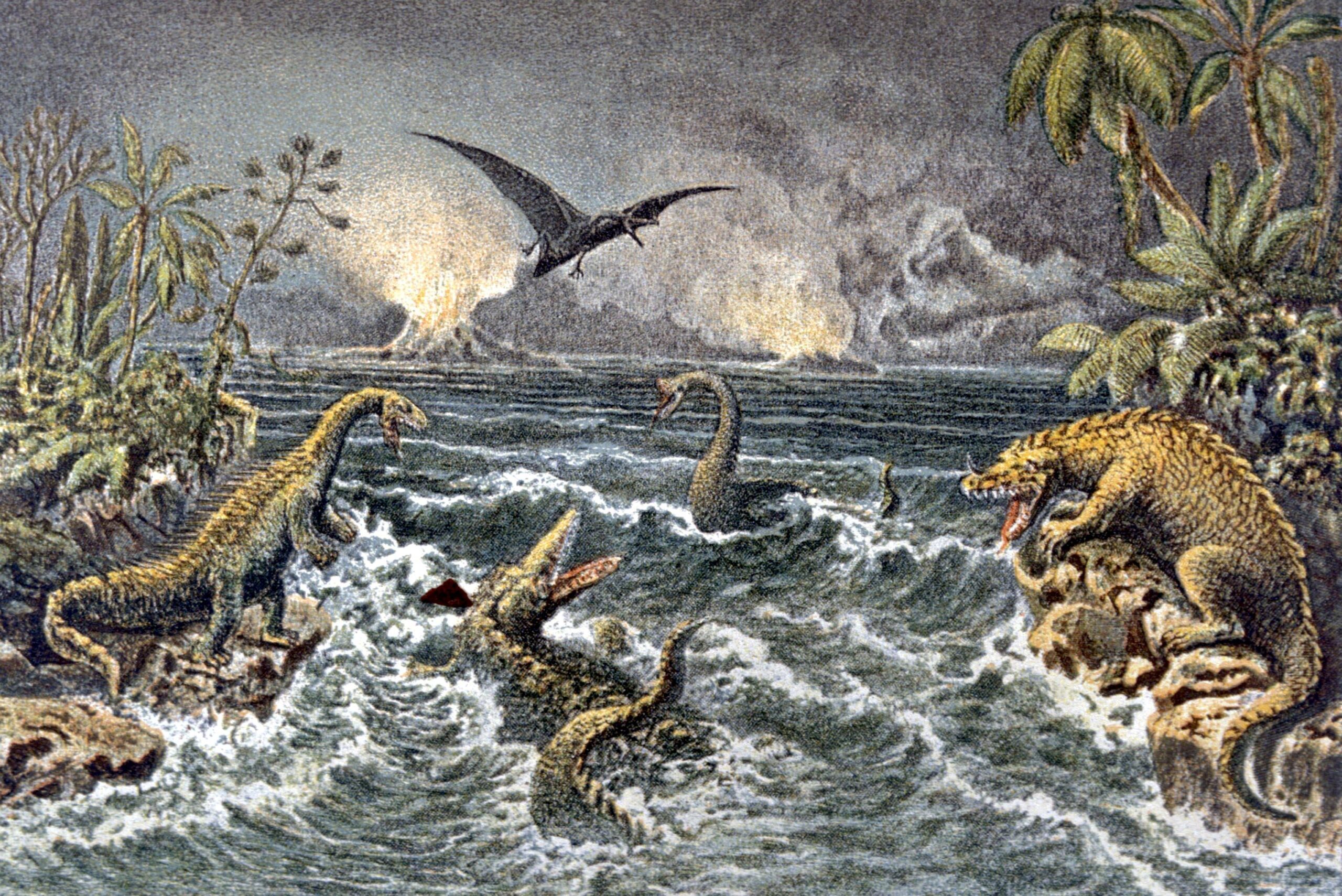 Curious Questions: How did a scrotum joke confuse paleontologists for generations?
Curious Questions: How did a scrotum joke confuse paleontologists for generations?One of the earliest depictions of a fossil prompted a joke — or perhaps a misunderstanding — which coloured the view of dinosaur fossils for years. Martin Fone tells the tale of 'scrotum humanum'.
By Martin Fone
-
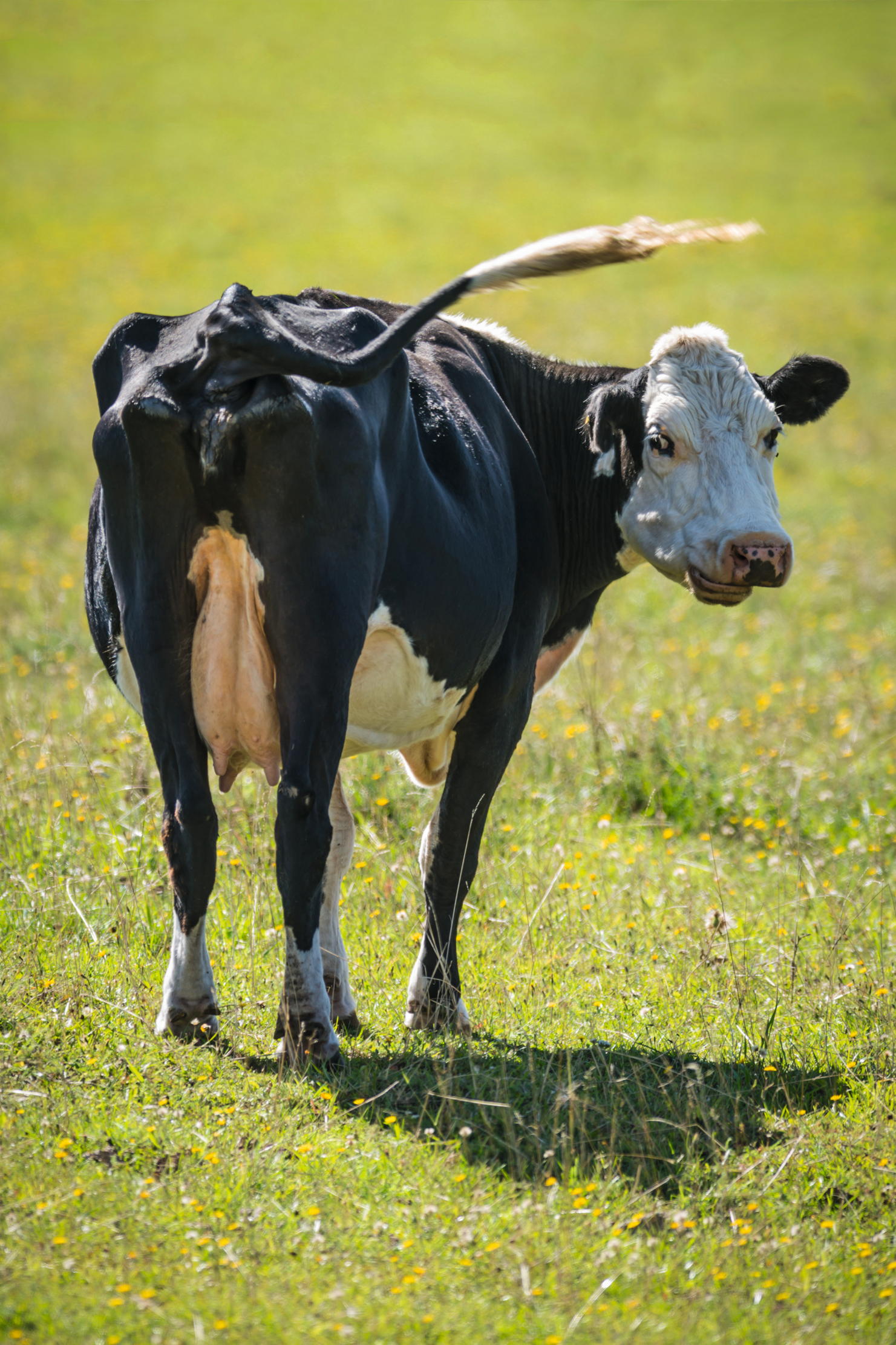 Curious Questions: Why do so many animals have bright white bottoms?
Curious Questions: Why do so many animals have bright white bottoms?Why do so many animals have such obviously flashy appendages, asks Laura Parker, as she examines scuts, rumps and rears.
By Laura Parker
-
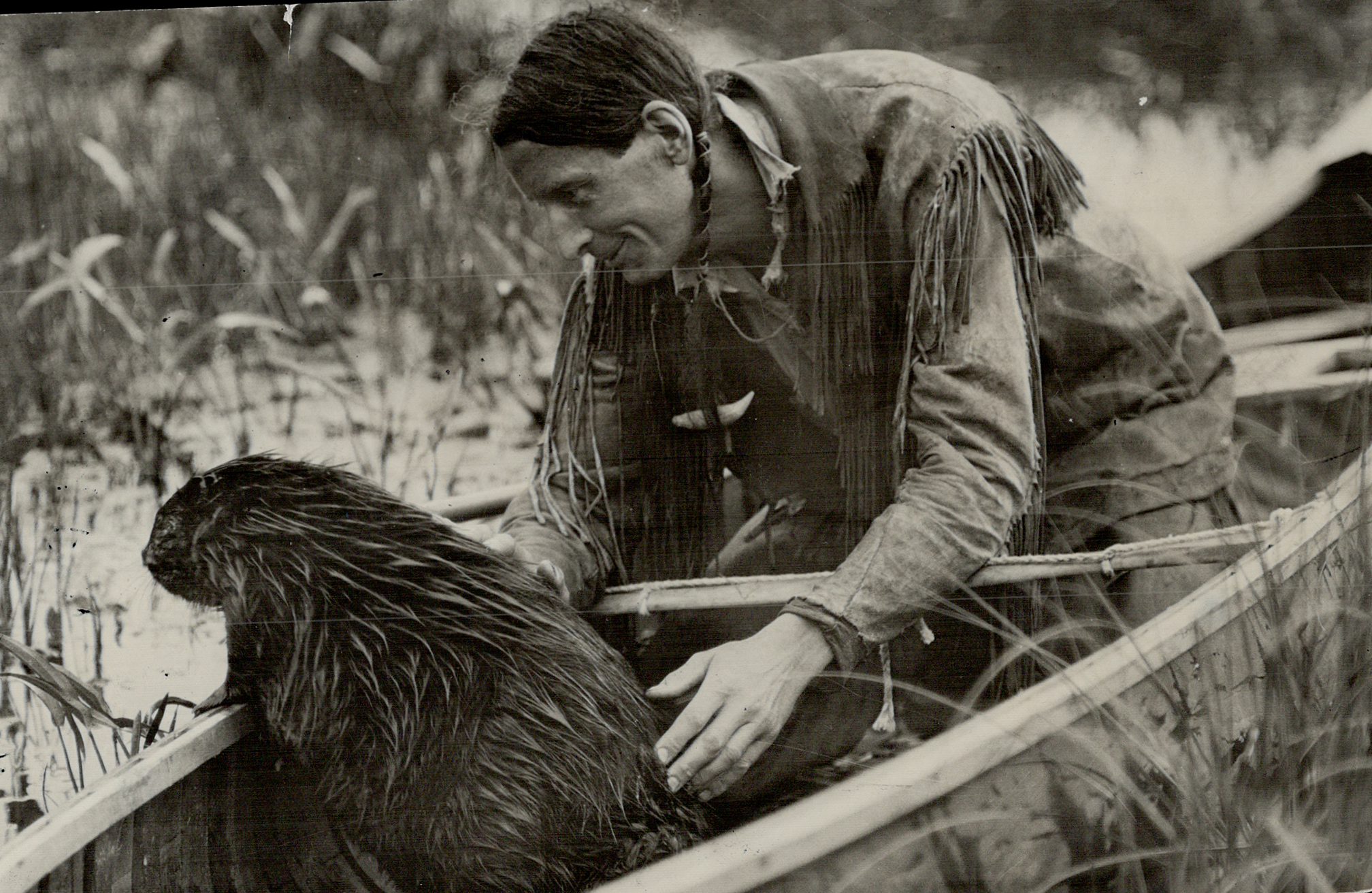 The 1930s eco-warrior who inspired David Attenborough and The Queen, only to be unmasked as a hoaxer and 'pretendian' — but his message still rings true
The 1930s eco-warrior who inspired David Attenborough and The Queen, only to be unmasked as a hoaxer and 'pretendian' — but his message still rings trueMartin Fone tells the astonishing story of Grey Owl, who became a household name in the 1930s with his pioneering calls to action to save the environment — using a false identity to do so.
By Martin Fone
-
 Curious Questions: Why do all of Britain's dolphins and whales belong to the King?
Curious Questions: Why do all of Britain's dolphins and whales belong to the King?More species of whale, dolphin and porpoise can be spotted in the UK than anywhere else in northern Europe and all of them, technically, belong to the Monarch. Ben Lerwill takes a look at one of our more obscure laws and why the animals have such an important role to play in the fight against climate change.
By Ben Lerwill